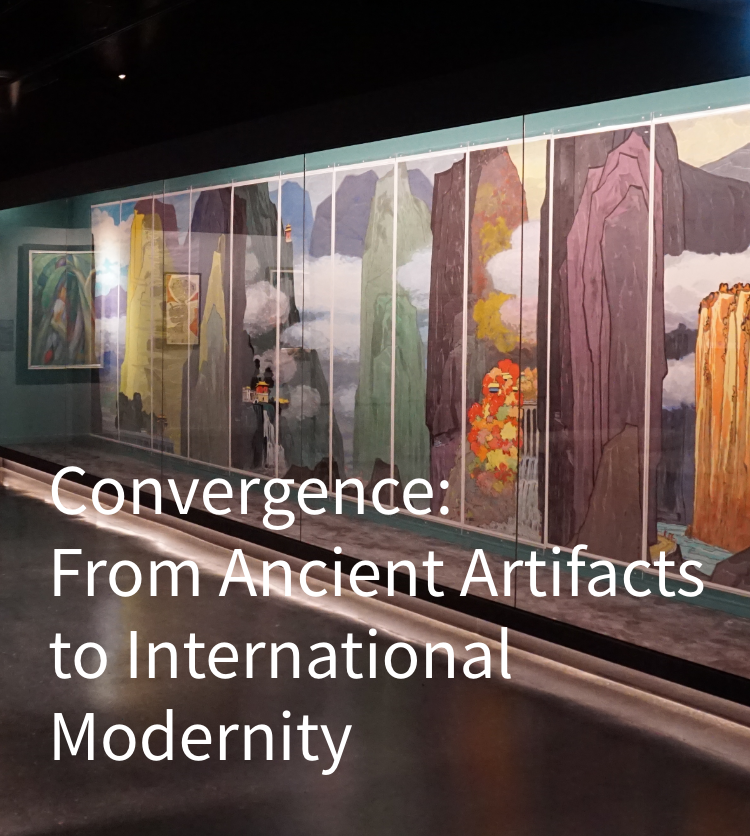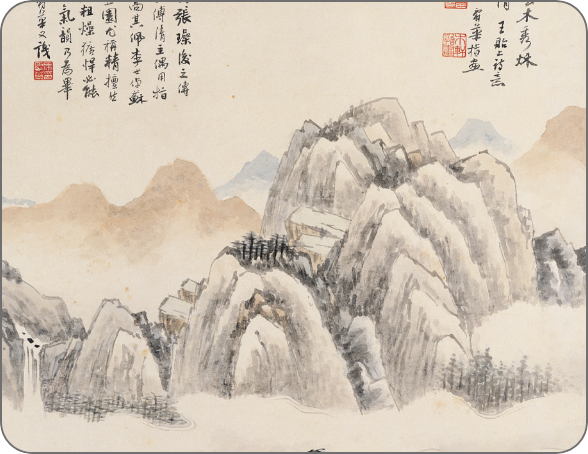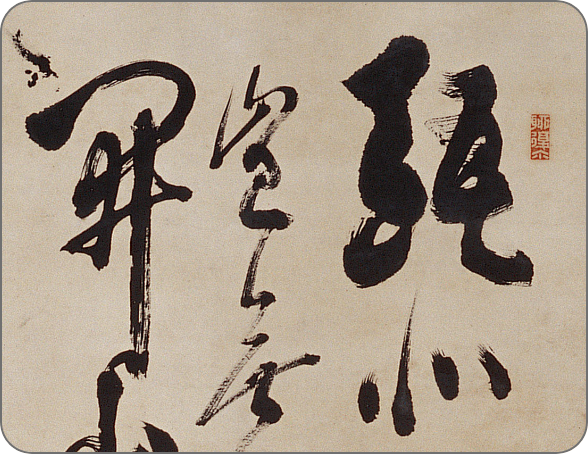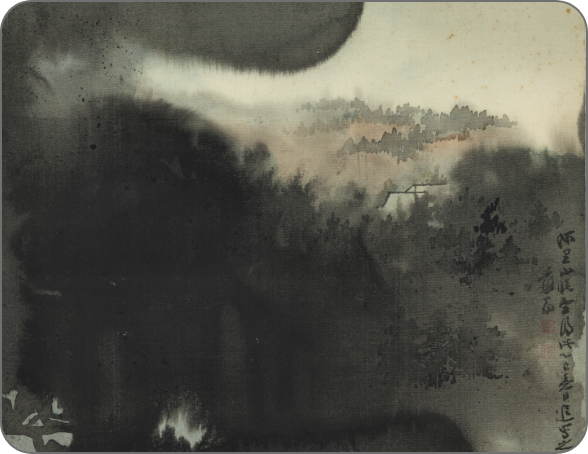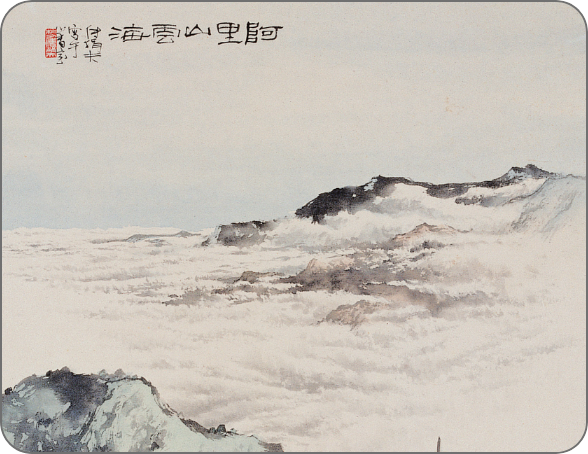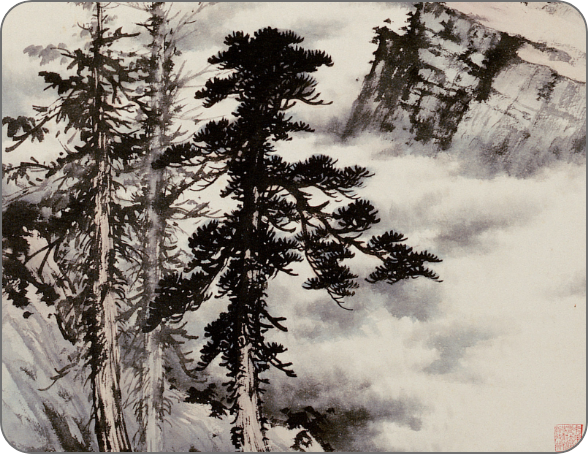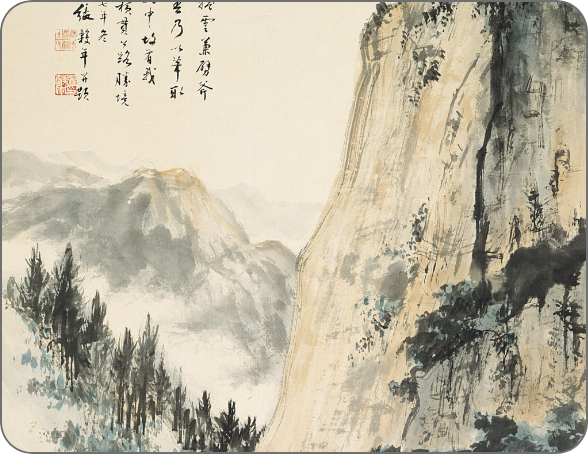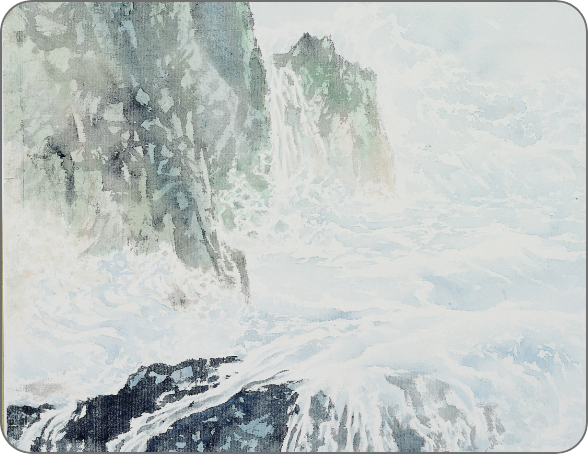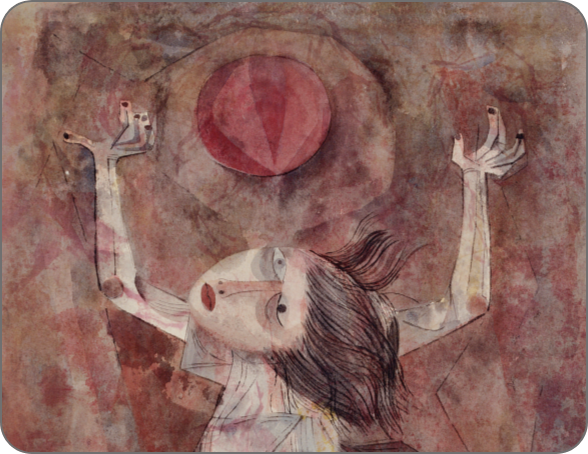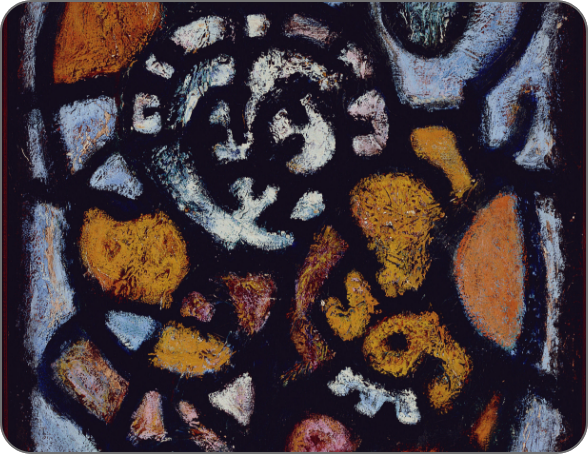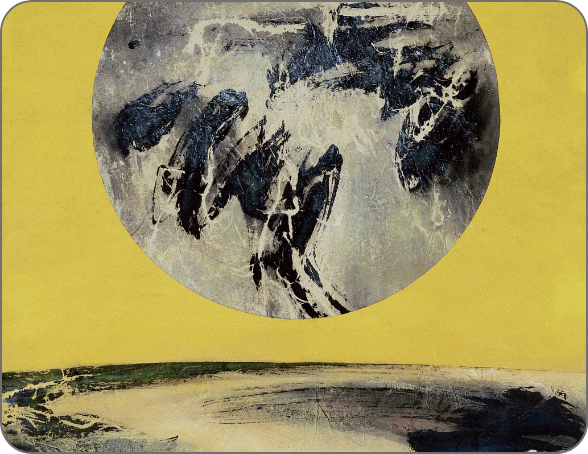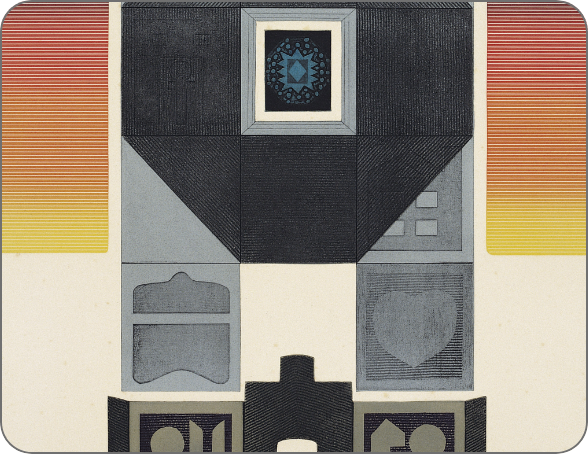Convergence: From Ancient Artifacts to International Modernity
The National Museum of History has its origins in the National Museum of Historical Artifacts and Fine Arts. With the establishment of the National Gallery in 1961, the Museum became the most important platform for the development of Taiwanese art after World War II. Before the 1980s, the National Gallery was the foremost stage for artists to exhibit their works. These artists included those educated during the Japanese rule era, calligraphers and painters who crossed the strait to Taiwan with the Nationalist government, and ethnic Chinese artists residing overseas.
Moreover, to raise Taiwan’s international visibility, the Museum selected works on behalf of the nation to participate in the São Paulo Art Biennial in Brazil. In consideration of the mainstream in international art at the time, priority was given to works from the New Painting movement, with a second reason being that it could directly spur the development of Taiwanese modern art.
Varied forces have converged in Taiwan, and in turn, artistic expression has gradually developed its distinctive form. Western painting, which from the Japanese rule era emphasized local color and concrete depictions of Taiwan’s landscapes, has gradually come to actively respond to modern abstract art. Ink painting, which had ranged from those of Ming and Qing dynasty literati to the “nostalgic landscapes” of painters who crossed the Strait from China to Taiwan, together with Taiwanese painters, has come to use new techniques to portray Taiwan’s more local condition, slowly escaping existing confines and transforming into modern ink painting.
In the 302 gallery, the carefully collected works of the National Museum of History will show you a microcosm of the history of Taiwanese fine arts after World War II as you explore the intimate relation between the Museum and the postwar development of art.
